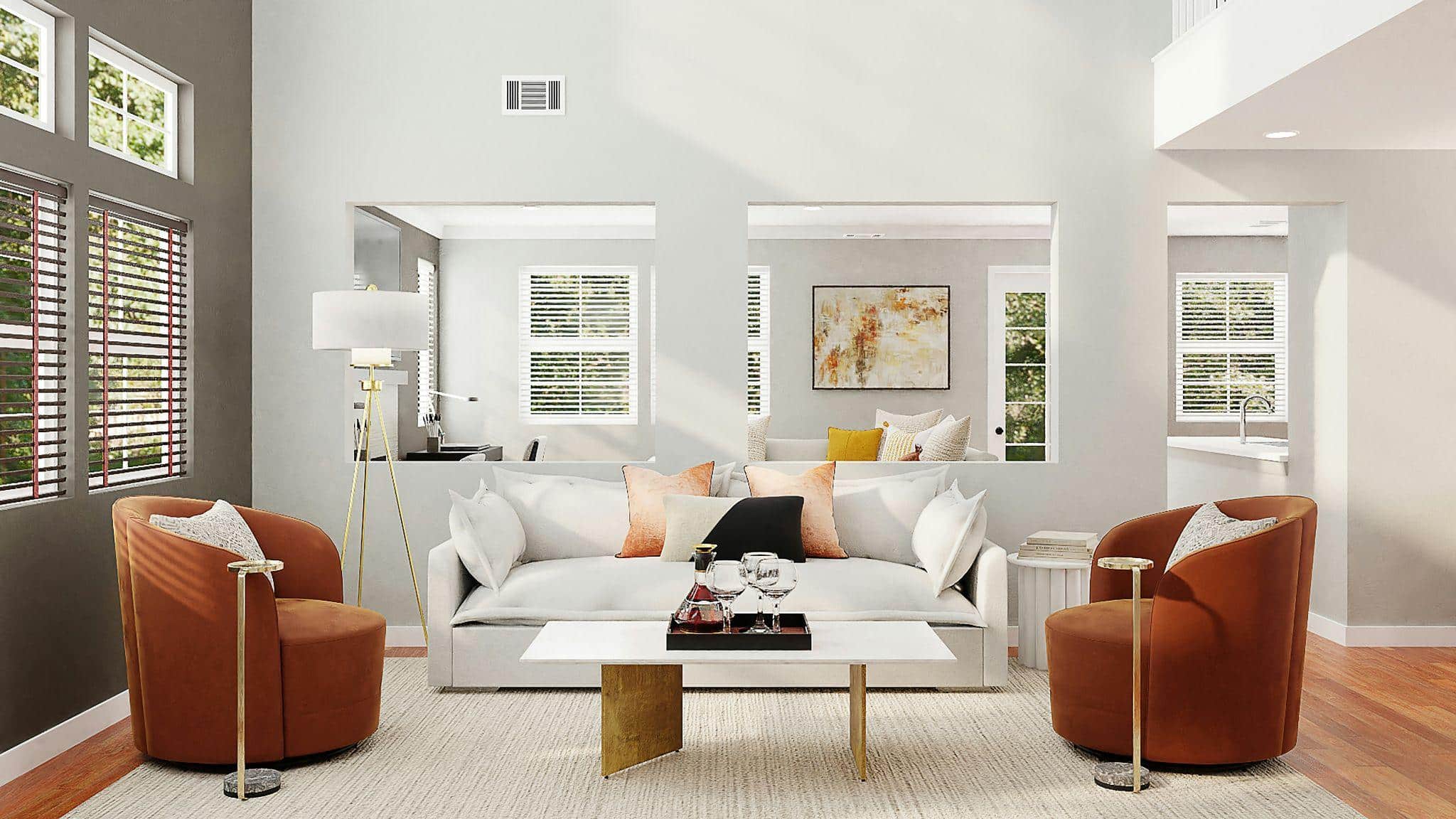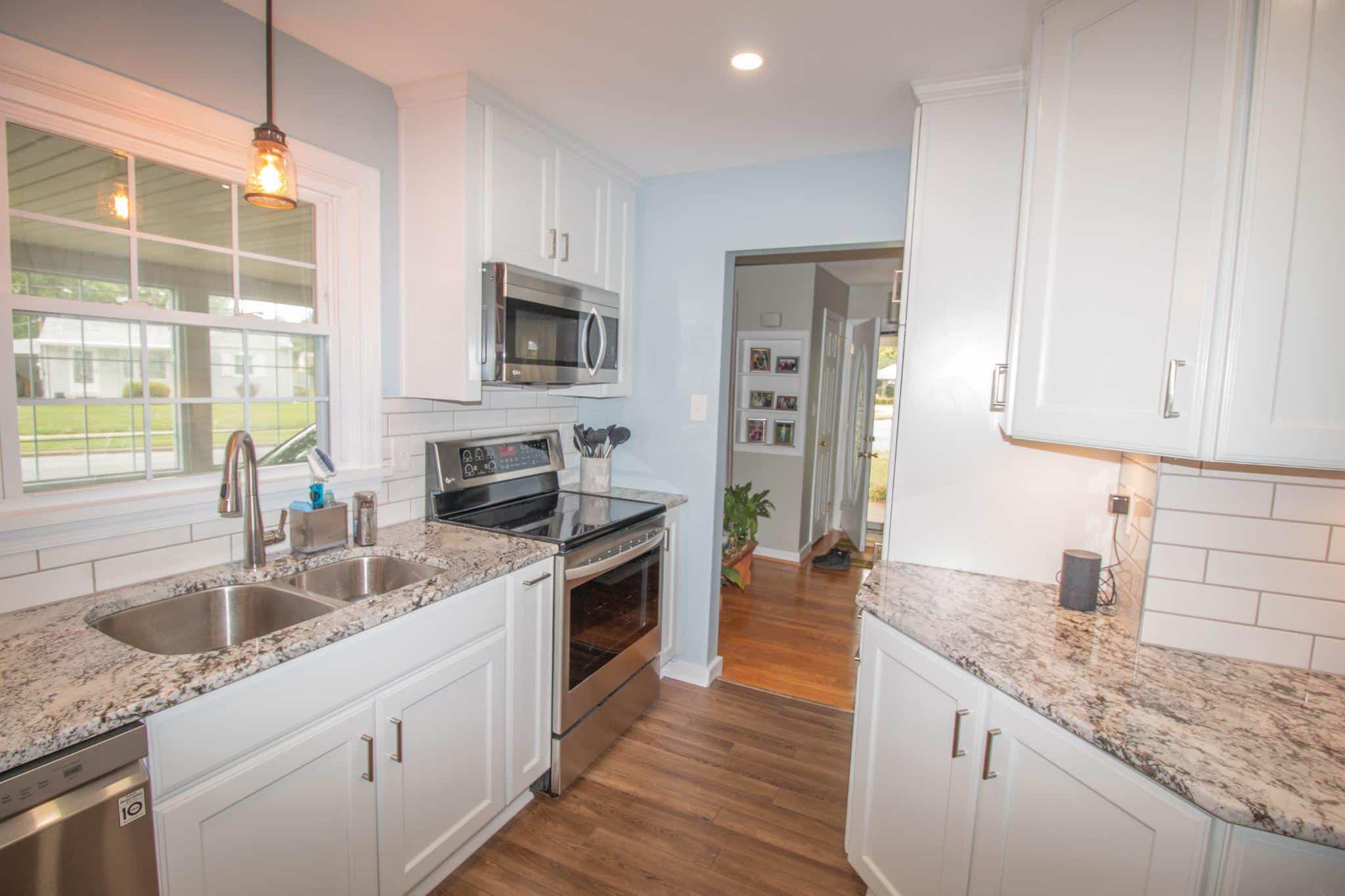Picture this: You walk through your front door after a demanding day, and instead of just arriving at a house, you’re entering a space that immediately wraps you in comfort. Your shoulders drop, your breathing deepens, and you can literally feel the stress melting away. This isn’t some luxury spa experience that costs hundreds of dollars. This is your home, thoughtfully designed to support your wellbeing every single day.
In our always-on, constantly connected world, our homes have become more than just places to sleep and store our stuff. They’re our sanctuaries, our recharge stations, and increasingly, our offices and gyms too. Yet many of us overlook one crucial element: intentional comfort. We focus on aesthetics (guilty as charged with that Instagram-worthy gallery wall) or functionality, but forget that our spaces should actively support our physical and mental health. Today, we’re diving deep into how you can transform your living space into a genuine wellness retreat without breaking the bank or sacrificing your personal style.
The Foundation of Comfort: Rethinking Your Living Space
Before we get into specific furniture pieces or design tricks, let’s talk philosophy. Creating a wellness-focused home isn’t about following rigid design rules or buying the most expensive items. It’s about understanding how your environment affects your body and mind, then making intentional choices that support your wellbeing.
Research consistently shows that our physical environment significantly impacts our stress levels, sleep quality, and overall health. Poor lighting can disrupt our circadian rhythms. Uncomfortable furniture can lead to chronic pain. Cluttered spaces can increase anxiety. But here’s the good news: small, thoughtful changes can create massive improvements in how you feel at home.
Start by auditing your current space. Walk through each room and honestly assess how it makes you feel. Do you avoid certain areas? Are there pieces of furniture you never use? Do you find yourself constantly shifting position because nothing feels quite right? These pain points are your roadmap for transformation.
The Living Room: Your Home’s Heart and Soul
Your living room is likely where you spend most of your waking at-home hours. It’s where you unwind with a book, binge your favorite shows, host friends, or simply exist after a long day. Yet so many living rooms are designed for looks rather than genuine comfort. Those stiff, modern sofas that look amazing in magazine spreads but feel like sitting on cardboard? They’re not doing your body any favors.
The centerpiece of any comfort-focused living room is, obviously, the seating. This is where investing in quality pays dividends for years. A truly comfortable sofa should support your body whether you’re sitting upright, lounging with your feet up, or even sneaking in a quick nap. Look for pieces with proper lumbar support, seat depth that matches your height, and cushions that balance softness with stability.
When shopping for your perfect sofa, consider your actual usage patterns. Do you prefer curling up solo with a blanket? A sectional with a chaise might be your best friend. Host movie nights regularly? Deeper seats and plenty of room matter. Work from home and sometimes need a change of scenery from your desk? Firm but comfortable support becomes crucial.
The Castlery couch collection exemplifies this balance between style and substance, offering designs that don’t force you to choose between aesthetics and comfort. Their range includes options for different living situations, from compact apartments to sprawling family rooms, all engineered with actual human bodies in mind rather than just visual appeal.
Beyond the main seating, think about layering comfort throughout the room. Soft throw blankets in natural fibers give you temperature flexibility. Plenty of pillows in various sizes let everyone find their perfect support level. An ottoman or coffee table at the right height means you’re not straining to reach your drink or hunching over to use your laptop.
Lighting deserves special attention too. Harsh overhead lights create visual stress and headaches. Instead, layer your lighting with floor lamps, table lamps, and maybe some LED strips for ambient glow. Dimmer switches are genuinely life-changing, letting you adjust brightness based on time of day and activity. Morning coffee? Brighter light helps you wake up. Evening relaxation? Dim, warm lighting supports your body’s natural wind-down process.
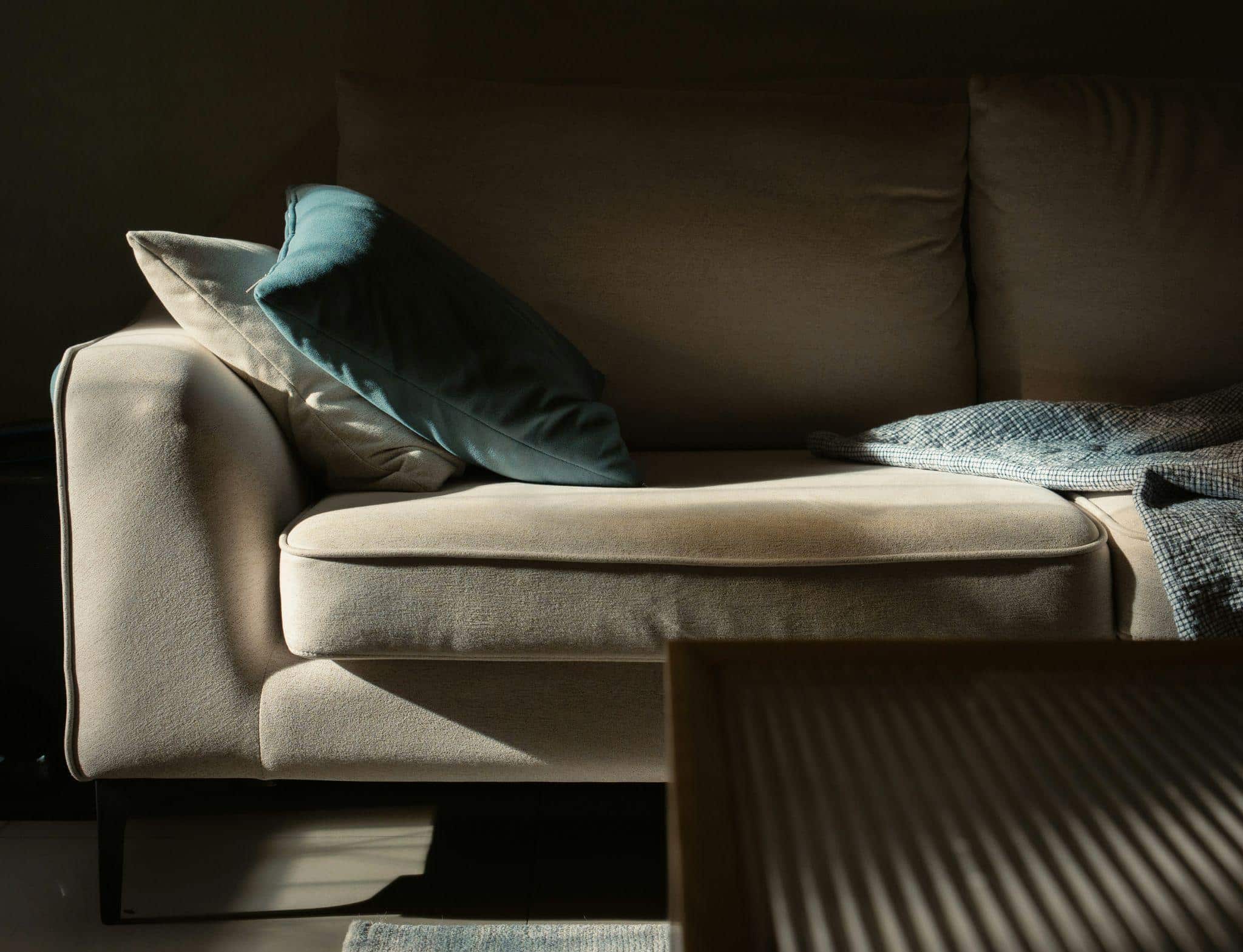
Creating Dedicated Wellness Zones Throughout Your Home
Once your main living area supports genuine comfort, the next step is carving out specific zones dedicated to different aspects of wellness. These don’t need to be entire rooms (though if you have the space, wonderful). Even a corner of a bedroom or a section of your living room can become a powerful wellness station.
Consider a reading nook with excellent natural light and a comfortable chair where your mind can escape into books. Or a meditation corner with a cushion, some plants, and perhaps a small fountain for ambient sound. These designated spaces send a signal to your brain: when you’re here, you’re prioritizing your wellbeing.
One often overlooked wellness zone is a dedicated relaxation area separate from where you watch TV or work. This space is specifically for active rest and recovery, the kind where you’re not passively consuming content but actually allowing your body and mind to reset. This is where targeted comfort furniture becomes genuinely transformative.
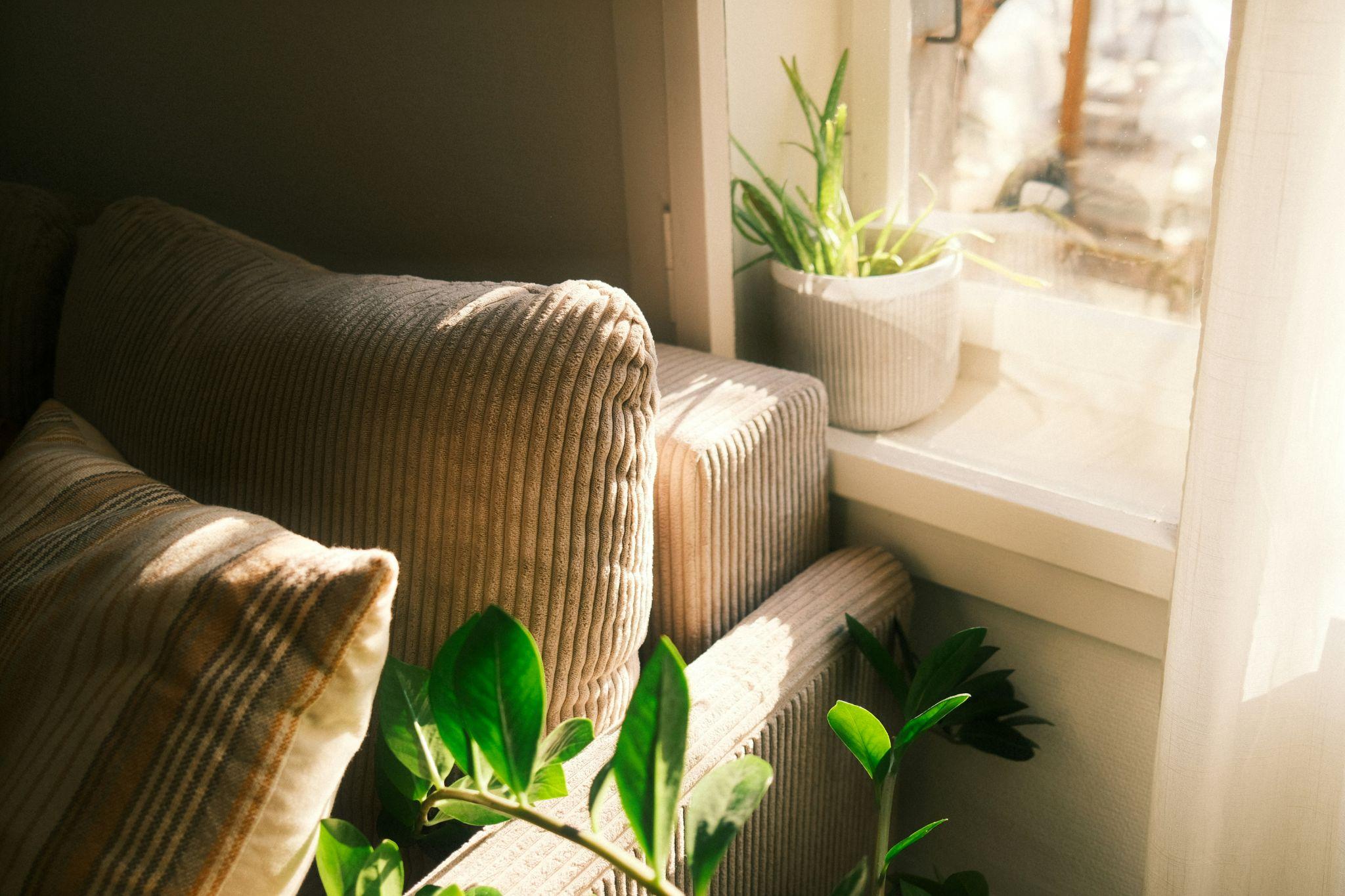
The Power of Active Relaxation
Here’s something most people don’t realize: there’s a huge difference between passive rest (scrolling on your phone, watching TV) and active relaxation (deliberately engaging your body’s relaxation response). Both have their place, but active relaxation is where the real magic happens for stress reduction, muscle recovery, and mental clarity.
Active relaxation includes practices like progressive muscle relaxation, gentle stretching, meditation, or using targeted pressure and massage to release physical tension. While you can certainly do these things on any furniture, having a dedicated spot optimized for these activities makes you far more likely to actually do them consistently.
This is where specialized comfort furniture enters the picture. A high-quality massaging chair transforms your approach to at-home recovery and stress management. Instead of scheduling (and paying for) regular massage appointments or letting muscle tension build until it becomes pain, you have immediate access to therapeutic relief in your own space.
Modern massage chairs have evolved far beyond the gimmicky mall kiosk versions. Today’s designs integrate sophisticated technology that targets specific muscle groups, adjusts pressure based on your body’s needs, and offers various programs for different goals. Some days you might need an intensive deep-tissue style session to work out serious knots. Other times, a gentle, circulation-boosting program helps you unwind before bed.
The mental health benefits are equally significant. Having a dedicated piece of furniture that signals “this is your time to decompress” creates a powerful psychological cue. You’re not just sitting somewhere comfortable; you’re actively engaging in self-care. This intentionality matters tremendously for actually following through with wellness practices instead of letting them slide when life gets busy.
Position your relaxation chair near a window if possible, where you can enjoy natural light and views of greenery or sky. Add a small side table for water, tea, or essential oils. Keep the area relatively minimal so it truly feels like a retreat rather than just another cluttered corner.
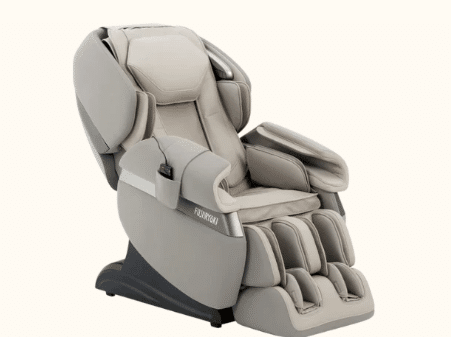
The Details That Make the Difference
Creating a truly comfortable, wellness-supporting home extends beyond major furniture pieces. The details you layer in can dramatically enhance (or undermine) the comfort you’ve built with those foundational elements.
Temperature control is huge. Being too hot or too cold is one of the fastest ways to feel uncomfortable and stressed. Beyond your home’s HVAC system, consider adding solutions for micro-climate control. Fans for air circulation in warm months, heated throws or blankets for cozy warmth, and breathable natural fiber textiles that regulate temperature naturally all contribute to physical comfort.
Scent is another powerful but often underutilized tool. Our olfactory system connects directly to the limbic system, the emotional center of our brain. This means certain scents can almost immediately shift our mood and stress levels. Lavender genuinely does promote relaxation and better sleep. Citrus scents can boost energy and mood. Eucalyptus supports respiratory health and mental clarity. Experiment with essential oil diffusers, candles (with clean ingredients), or even fresh flowers and herbs to find what resonates with your system.
Sound matters too. If you live in a noisy area, managing ambient noise becomes crucial for true relaxation. White noise machines, acoustic panels, heavy curtains, or even strategically placed bookshelves can dampen external sounds. Alternatively, curate playlists of nature sounds, binaural beats, or whatever audio helps you unwind.
Don’t forget nature elements. Study after study confirms that exposure to nature reduces stress, improves mood, and supports overall health. While we can’t all live in forest cabins (though sometimes, right?), we can bring nature indoors. Real plants purify air and create visual calm. Natural materials like wood, stone, and linen feel better to touch than synthetic alternatives. Even nature photography or artwork provides psychological benefits. 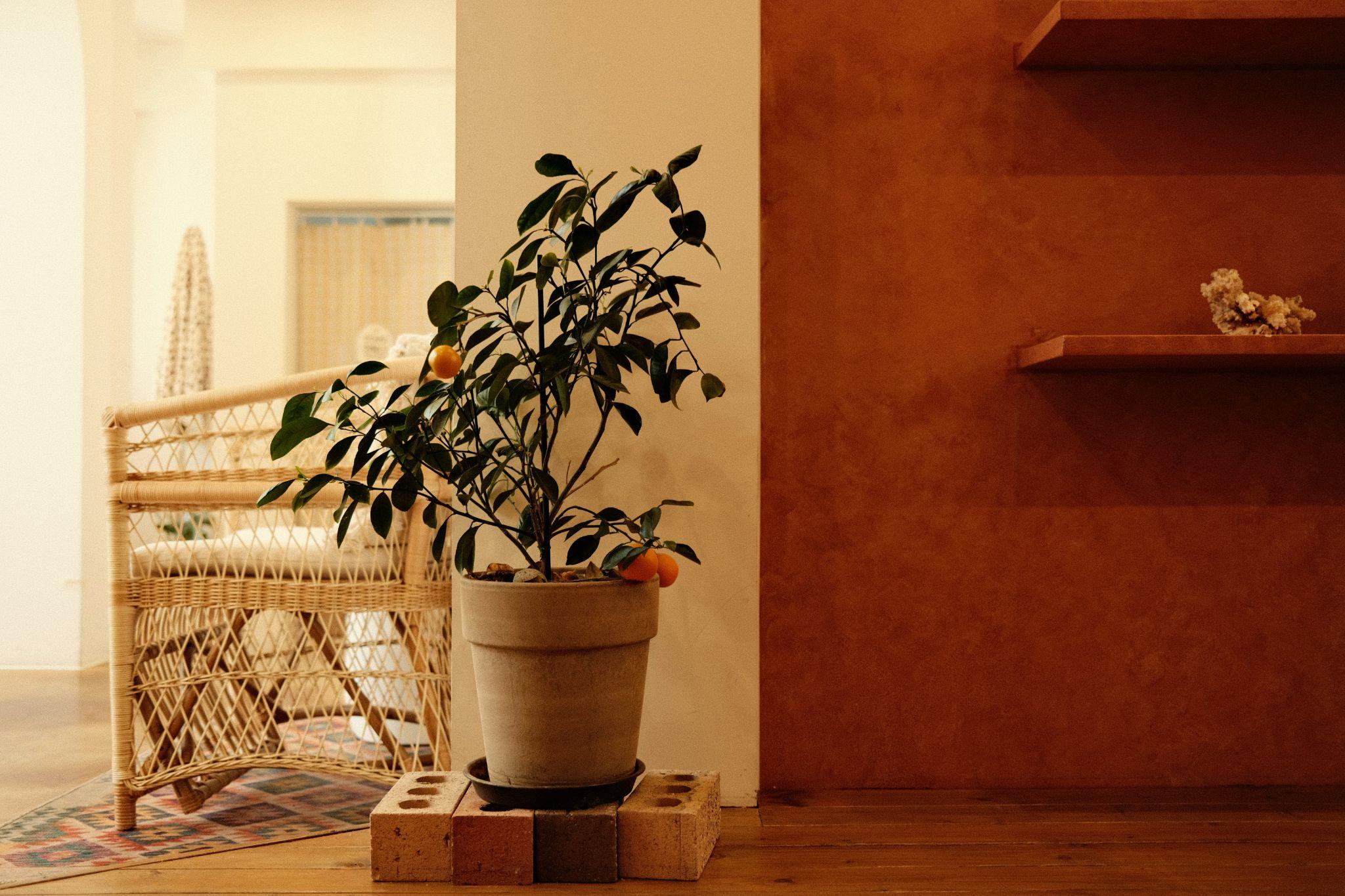
Making It Sustainable: Comfort as a Long-Term Practice
The most beautiful wellness retreat in the world doesn’t help if you never actually use it. The key to lasting benefit from a comfort-focused home is building habits and systems that keep you engaged with these intentional spaces rather than letting them become expensive dust collectors.
Start small and build gradually. You don’t need to overhaul your entire home at once. Pick one room or even one corner to transform first. Use it consistently for a few weeks until it becomes a natural part of your routine. Then expand to the next area.
Schedule your relaxation time like you would any other important appointment. It sounds silly, but our brains take things more seriously when they’re on the calendar. Block out 20 minutes in your new reading nook each morning, or 30 minutes in your massage chair each evening. Protect that time the same way you’d protect a work meeting or doctor’s appointment.
Involve your household in the vision. If you live with others, get them excited about creating a more comfortable, wellness-focused home. Maybe different family members take ownership of different zones based on their interests and needs. When everyone values the space, maintaining it becomes a shared priority rather than one person’s project.
Remember that comfort is personal and changes over time. What feels perfect today might not work as well in six months. Stay attuned to your body’s feedback and be willing to adjust. That chair you loved might need different cushions. The lighting that was perfect in summer might feel too dim in winter. Your wellness retreat should evolve with you, not remain static.
Your Home, Your Sanctuary
Transforming your home into a genuine wellness retreat isn’t about perfection or following rigid design rules. It’s about intentionally creating an environment that supports your physical comfort, mental health, and overall wellbeing. It’s recognizing that where you live profoundly affects how you feel, and choosing to make that relationship a positive one.
The investment you make in your home comfort—whether that’s a sofa that truly supports your body, a dedicated relaxation chair, better lighting, or simply more thoughtful arrangement of what you already own—pays dividends every single day. You spend more time in your home than anywhere else. Shouldn’t it be actively working to make you feel better rather than just serving as a backdrop to your life?
Start today. Pick one small change that will improve your comfort at home. Maybe it’s finally getting that reading lamp you’ve been thinking about. Maybe it’s rearranging furniture to create better flow. Maybe it’s committing to actually using that comfortable chair instead of just walking past it. Whatever it is, take the first step toward a home that doesn’t just house you, but genuinely nurtures you.
Your future self, arriving home after a long day and sinking into your perfectly comfortable sanctuary, will thank you.

